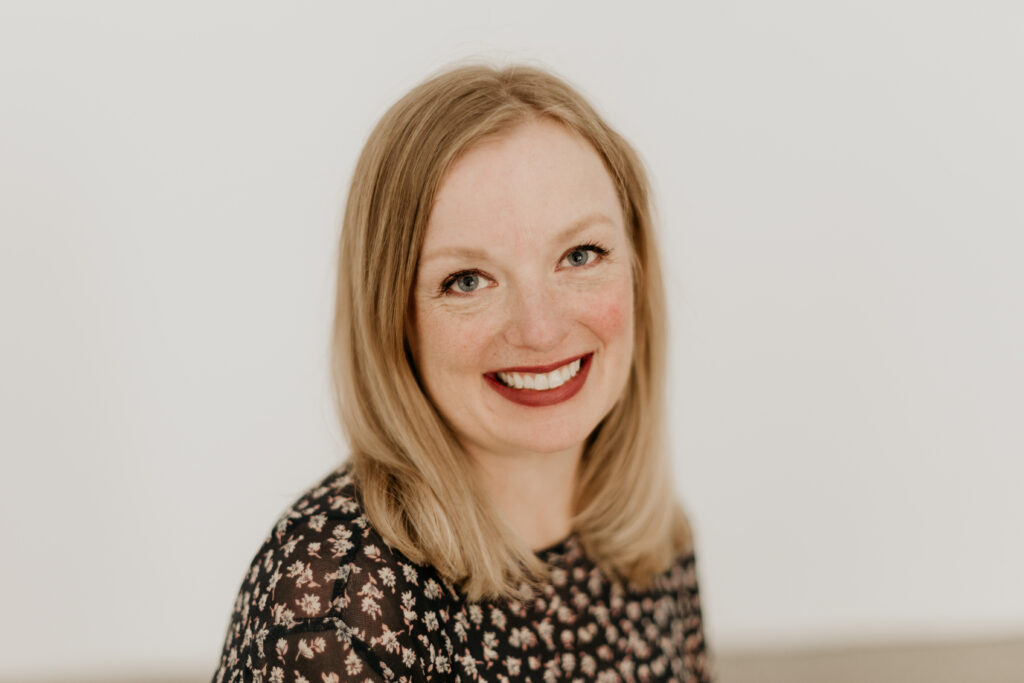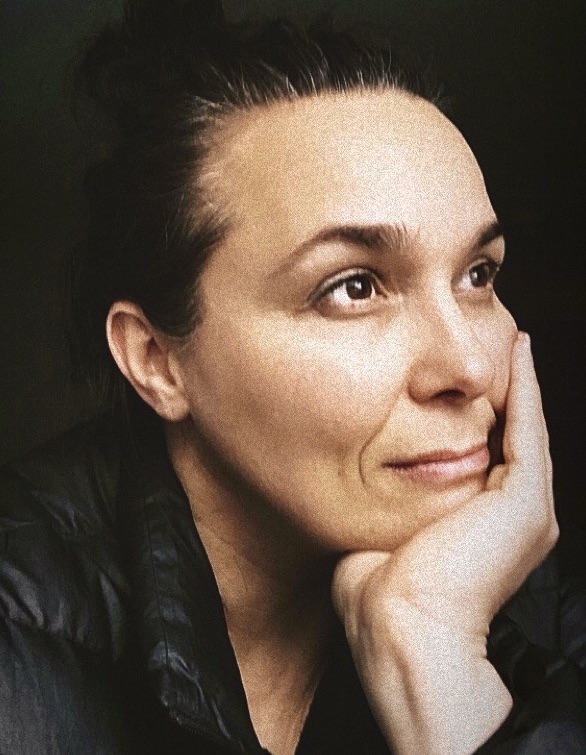

The Cass County Historical Society, better known as Bonanzaville, is home to an estimated 400,000 historic artifacts, 41 original and replica pioneer-era buildings dating back to the mid-1800s, 12 acres of land and six staff members in charge of preservation, curation, events and program development.
Who’s keeping track? That would be Executive Director Beth Jansen, who’s been working to elevate and expand the county historical society’s reach in the community since her start date of April 1, 2020. Cue the pandemic.
“It was not a funny time to start,” she said jokingly of her first day on the job when she simultaneously opened the door to a new office and closed the remaining facilities to the public in compliance with lockdown protocols.
But it wasn’t just a global health crisis she had to deal with. Jansen said she came to the historical society at a time when Bonanzaville faced financial difficulties, staffing issues, as well as myriad restoration needs.
“There were only two of us full-time when I walked in the door,” she said. “The staffing was short, the facilities needed attention, there was tons of maintenance that needed to be done. Plus, you know, the pandemic.”
‘The hardest job I’ve ever loved’
A self-proclaimed fixer and “nonprofit junkie,” Jansen is no stranger to a challenge or fixing things.
Prior to working at CCHS, she held positions as executive director of Fargo-Moorhead Youth Choir and as a development officer at Rebuilding Together, a national nonprofit that makes essential repairs to keep people in their homes.
“I’m passionate about history and nonprofits, and I really believe that nonprofits are the change makers,” she said. “Those people who start nonprofit organizations are starting because there’s a need in the community. Those organizations are the ones that make change.”
Jansen’s experience, coupled by an MBA in Business Administration from the University of Mary and a propensity for facing challenges head-on, helped her to step into the role at CCHS well-prepared to fundraise, lobby, promote and grow the organization.
But, she said, “The potential for Bonanzaville is limitless, and it’s the hardest job I’ve ever loved.”
‘We are so many things’
While the pandemic provided challenges in and of itself, once lockdown rules were lifted and she found a “new normal” for Bonanzaville, Jansen was able to surface with a palpable energy for the potential she saw all around her.
“We are so many things. We are a full-fledged museum, we’re an attraction, we have an event center and so much potential,” she said. “That’s kind of what I saw by the end of 2020, when things started to mellow out, that there are tons of opportunities out here to not only make this organization flourish, but to bring a lot to the community.”
The first order of business: repairing structures while taking a look at mission-driven programming and expanding events and activities that bring crucial funding to the historical society.
“In 2021, the first thing we did was revamp our fourth of July event by making it less about history and more about just having fun,” she said.
That relatively simple pivot resulted in stronger attendance in 2022 and 2023 for annual Fourth of July celebrations, now a generational tradition for many families in the region.
Jansen then assessed Pioneer Days, which is held every August and celebrates the region’s pioneering history, as well as Christmas on the Prairie, where visitors tour the Pioneer Village while enjoying yuletide demonstrations and period reenactments.
‘I had never run a museum before’
Of course, there’s more to it than simply making local history and interesting events more appealing to the public. Bonanzaville is first and foremost the county’s historical society in charge of preserving and promoting the history of the region.
“While I had all this experience with nonprofits, I had never run a museum before,” Jansed said, noting her collaboration with other nonprofit entities helped inform her decisions along the way.
To guide her, Jansen enlisted local experts like Angela Smith, a public history professor at NDSU and Bonanzaville board member, as well as Historical and Cultural Society of Clay County Executive Director Maureen Kelly Jonason to help her better understand best practices.
“To me, it’s always been about making new relationships and bringing back the financial capacity of the organization with the help from this amazing community. I couldn’t do it without those partnerships,” Jansen said.
‘Walking a line between nonprofit, history and business’
With the lockdown now a part of history, Jansen is much more comfortable and in control of day-to-day operations at the museum. She’s found a way to diversify funding sources by balancing county funding, pay-for-service activities, and grants and donations. That way, she said, if any one area has obstacles, another area is there as backup support.
“Bonanzaville is walking a line between non-profit, history and business,” Jansen said. “You’re always looking at it from the perspective of, we’re a nonprofit, so how do we fund the organization? And then you’re always trying to make appropriate business decisions for the organization as well.”
Jansen said pay-for-service programs like ticket sales and private events like weddings and company celebrations is one example of ways nonprofits like Bonanzaville can continue to operate when public and private funding ebbs.
Some of those efforts are small with big impact. For instance, Jansen secured a liquor license for the event center located on the second floor of the main building, which is frequently rented out for wedding receptions, large meetings and company parties.
“We can make money off of that,” Jansen said, all of which goes back to supporting site renovations, museum programming, payroll and other operational needs.
Keeping it real
With the immediate crisis of the pandemic now a part of history, Jansen has been able to increase staff to include a full-time curator and other staff critical to a successful museum. They’re currently busy working on Founding Fargo, a renovation project aimed at revamping the museum’s permanent collections and refreshing the tour experience.
“I’m really excited about this because the space will include better flow between permanent exhibits,” she said. “When you walk in, you start by learning about the Indigenous experience in the plains and move into the history of bonanza farming in the region.”
One project Jansen is particularly excited about is the renovation of Arthur Town Hall, which is in the process of being turned into an event venue.
“We’re trying to keep everything as close to the original as possible,” while adding accessibility features to become a more inclusive environment for everyone, she said.
The future Arthur Town Hall event space will replace Dawson Hall, which will undergo its own renovations sometime in the future. Additionally, the center of the village will be redeveloped into a picnic area, playground and green space in the next year and a half.
Jansen said Bonanzaville is also looking to add more education components to events and programming to provide additional revenue streams and furthering the organization’s mission.
Some of those programs are a bit unconventional, like Paranormal Investigations, which sells out every year and draws in more people than other events.
“There is a ton of activity reported by staff, volunteers and visitors,” Jansen said of ghostly sightings inside several of the historic structures that make up Pioneer Village. “When I got here, we started bringing in professional (ghost hunters) to add to it and it’s really popular. Look us up on YouTube.”
The MOST HAUNTED Village in North Dakota | Bonanzaville (Paranormal Investigation)
Once Paranormal Investigations and Christmas on the Prairie events are over in December, Bonanzaville goes a little quiet for the rest of the season, and gives Jansen and her team a chance to plan for the upcoming year.
“The main museum and our event center stays open in the winter, but for the most part we’re sort of in planning mode, writing grants and coming up with interesting membership activities and events,” Jansen said.
By May, they’ll need to be ready to welcome more than 5,000 public school students to Pioneer Village for tours and a chance to see what life was like on the northern Plains way back when.
“Our mission-driven work to educate and entertain while preserving our history is such a fantastic thing to be a part of,” Jansen said.

About the author
Lonna Whiting is a freelance writer and owner of lonna.co, a content marketing and communications agency located in Fargo, North Dakota. She is a frequent contributor to The Arts Partnership’s content library and also provides strategic communications consultation to the organization.


